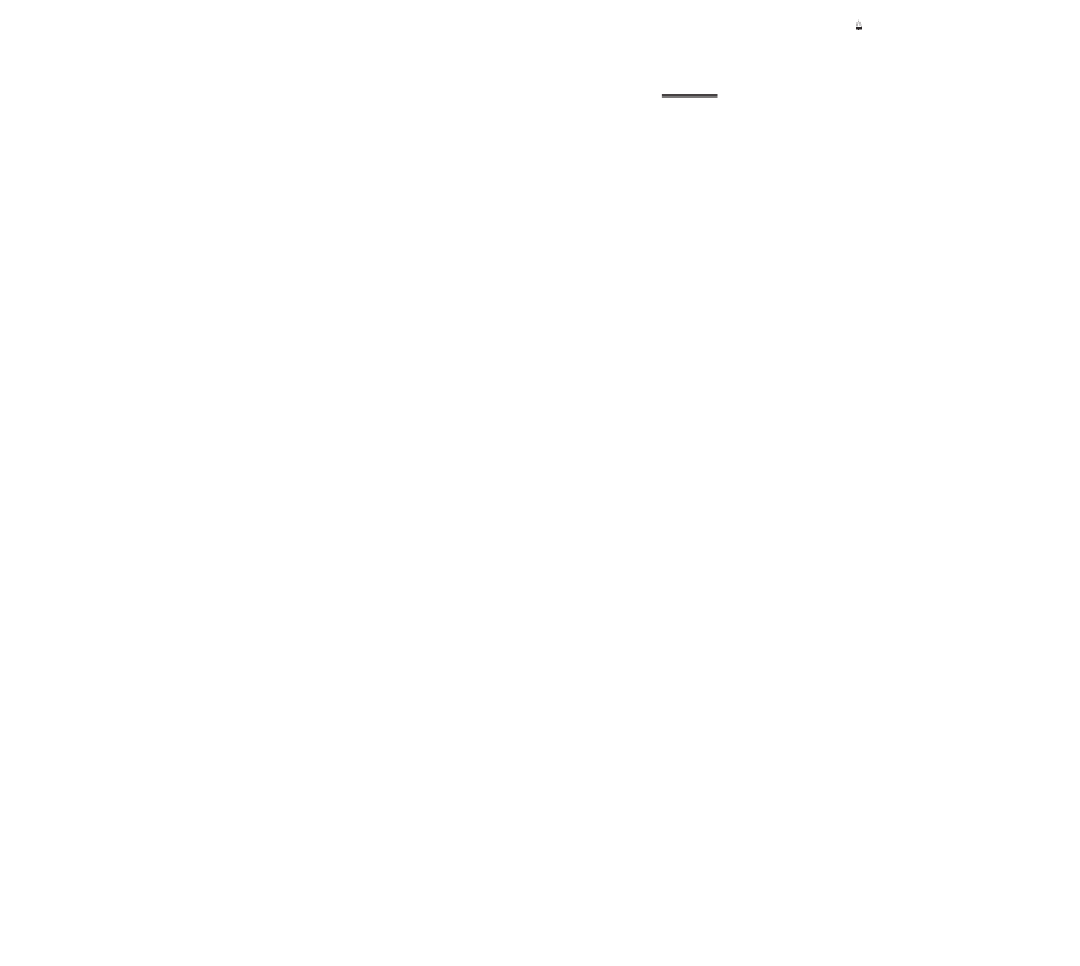Biomedical Engineering Reference
In-Depth Information
(a)
(b)
+5V
7
1
0 TO
2.5
V
R1
TL081
3
2
+
-
6
4 5
R2
R1
0 T
O 2.5
V
0V = < Vin < 2.5V
-5V
0V = < Vin = < Vmax
R2
R3
R2
2.5V = V
=
R2
max
2.5V = V
=
+ 1
R1 + R2
R3 - R1
max
R1
(c)
(d)
+9V
ABS(DELTA(Vin)) < 2.5V
100k
7 1
100k
TL081
Vout =
Vi
n
=
Voff
0.496 TO 2.48V
3
2
+
-
6
4 5
-9V < Vin < +9V
100 k
100 k
I = 4-20mA
124 Ohm
-9V
10
u
F
10uF
OFFSET
10 k
+
Vout = I = 125
Voff
+
-9V
+9V
.01uF
Figure 5.5
Simple circuits can be used to scale different signals to fit within the range 0 to 2.5 V of the universal sensor interface. (
a
) Large
unipolar signals can be attenuated by a voltage divider. (
b
) Small unipolar signals can be amplified to make use of the A/D's full resolution.
(
c
) Bipolar signals can be converted into unipolar signals by introducing offset. (
d
) 4- to 20-mA current loop signals can be read through a
resistive shunt. (From Prutchi [1999]. Reprinted with permission from
Popular Electronics
, June 1999 © Gernsback Publications Inc.)
D/A Converter
Analog outputs are generated by the universal sensor interface through a LTC1446 dual
voltage-output D/A converter IC (IC4). The resolution of the D/A converters is 12 bits,
providing 1 mV per bit over the range 0 to 4.096 V. There may be an of
ff
set error of up to
18 mV (less than 3 mV typical), and the nonlinearity is
0.5 LSB maximum. The D/A
outputs have a maximum current-handling capability of 100 mA, and their maximum
source impedance to ground is 120
ered outputs can
source or sink 5 mA when operating with a 5-V supply while pulling to within 300 mV of
the positive supply voltage or ground. The outputs swing to within a few millivolts of
either supply rail when unloaded and have an equivalent output resistance of 40
Ω
. In practice, the rail-to-rail bu
ff
Ω
when
driving a load to the rails. The D/A bu
ff
er ampli
fi
ers can drive 1000 pF without going into
oscillation.


















































































Search WWH ::

Custom Search